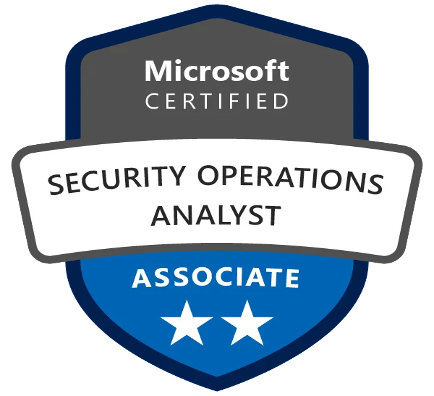From the Boardroom to the Break Room: Rethinking Workspace Security for SMBs
- Ramit Luthra
- Jun 25
- 3 min read
This post builds on my recent article published on ET Edge Insights, “From The Net to Now: Rethinking Workspace Security in the Age of AI”. While that piece focused on enterprise strategies, this post turns the lens toward small and mid-sized businesses (SMBs), where the challenges are just as real—but the resources often aren’t.

Why SMBs Need a Different Playbook
In my original article , I explored how AI, Zero Trust, and behavioral analytics are reshaping workspace security. But if you’re a 50-person firm with no dedicated security team and a limited budget, deploying enterprise-grade solutions like extended detection and response (XDR) or building a Zero Trust architecture from scratch can feel out of reach.
Still, the threats are just as real—if not more so. SMBs are increasingly targeted as entry points into supply chains, as easy marks for credential theft, and as low-hanging fruit for ransomware.
The good news? Modern security tools and strategies can now scale to meet SMB realities.
Enterprise Ideas, SMB Execution
Let’s reframe five core principles from the original article for the SMB environment:
1. Behavioral Analytics → Built-In Intelligence
Enterprise approach: AI models to track user behavior across vast digital footprints.
SMB reality: You don’t need custom models—just tools that come with intelligent defaults.
What to do:
Choose Manage Detection and Response (MDR) platforms with built-in anomaly detection, such as Bloo, SentinelOne, Sophos, or Huntress.
Make sure alerts route to someone who is responsible for acting on them (even if it’s your Managed Service Provider or a part-time IT consultant).
2. Predictive Threat Modeling → Proactive Defense Through Patching
Enterprise approach: Threat intelligence fusion centers and ML-driven forecasting.
SMB reality: You just need visibility and proactive patching.
What to do:
3. Automated Remediation → Smart Defaults
Enterprise approach: Custom orchestration and autonomous playbooks.
SMB reality: Tools that act automatically—without needing full-time tuning.
What to do:
Deploy tools that feature auto-quarantine of threats and system rollback capabilities.
Test the default response settings once to understand how they work—then let the tool do its job.
4. Zero Trust → Start with MFA and Device Trust
Enterprise approach: Identity-aware, policy-driven access across distributed networks.
SMB reality: You can achieve the core benefits by starting with strong MFA and basic device hygiene. Platforms like iBoss
What to do:
Enforce multi-factor authentication (MFA) across all critical accounts—email, financial apps, and admin tools.
Use the built-in device health checks from platforms like Microsoft 365 or Google Workspace to block risky logins from untrusted or non-compliant devices.
Don’t try to “build Zero Trust.” Live it in small, impactful steps.
5. Social Engineering → Train Like It’s a Core Function
Enterprise approach: Human risk scoring and dynamically simulated spear-phishing campaigns.
SMB reality: It starts with awareness, reinforced with consistent repetition.
What to do:
Run quarterly phishing simulations using accessible tools like TerranovaSecurity KnowBe4, Hoxhunt, or the training tools built into Microsoft Defender.
Establish simple, universal rules for all employees: “Always verify. Never rush. When in doubt, call to confirm.”
SMB Security is About Stack Efficiency, Not Tool Volume
What matters most for an SMB is:
Coverage over complexity
Automation over manual control
Partnerships over internal scale
If you’re a 100-person firm, consider bundling endpoint security, identity management, and cloud backup with one trusted Managed Security Service Provider (MSSP). Ensure they’re using tools with AI baked in—not bolted on.
Getting Started: Three Quick Wins for Any SMB
Turn on MFA everywhere. Start with your email, payroll, and administrative portals. This single step is one of the most effective security controls you can enable.
Patch browsers and endpoints automatically. This closes the door on the vast majority of known exploits.
Run your first social engineering drill. Measure the results, share the lessons learned with your team, and re-run it next quarter to track improvement.
Final Word: Start Where You Are
You don’t need an enterprise budget to achieve meaningful security. By focusing on what matters most, automating where you can, and working with tools—and partners—that do the heavy lifting, you can build a resilient and secure workspace.
The future of security isn’t just for Fortune 500 firms. It’s for any business that relies on devices, data, and trust. And that means you.
Need help getting started? Don't hesitate to reach out to 5Tattva




Comments